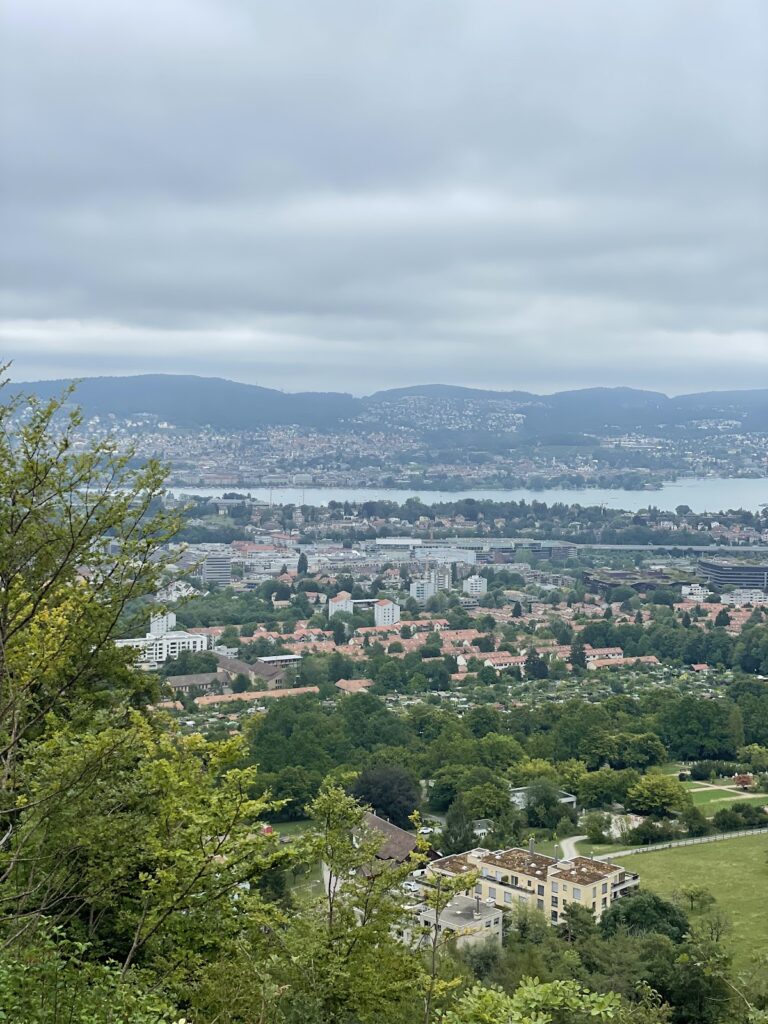Burg Friesenberg: A Medieval Castle Ruin in Zürich, Switzerland
Visitor Information
Google Rating: 4.3
Popularity: Very Low
Google Maps: View on Google Maps
Country: Switzerland
Civilization: Unclassified
Remains: Military
History
Burg Friesenberg is a medieval castle ruin located in the municipality of Zürich, Switzerland. It was constructed around the year 1200 by local nobility during the Middle Ages and served as a fortified outpost rather than a central fortress within the city.
The first known record of the castle appears in 1218, when it was mentioned as a landmark related to the property of the St. Peter church in Zürich. Positioned on the eastern slope of the Uetliberg mountain, approximately three kilometers from the center of medieval Zürich, Burg Friesenberg functioned as a forward defensive site. It likely supported the main Regensberg family stronghold nearby, known as Uetliburg castle, during the final phase of that family’s regional influence.
During the 13th century, the area experienced shifting power dynamics as free cities like Zürich gained prominence while noble families such as the Regensbergs sought to maintain control. By 1257, a knight called Jacobus Molendinarius de Vriesenberch, possibly linked to the Mülner family, was recorded as serving as a bailiff for Zürich at the castle. Later, in 1321, the ruin was documented as a fief held under the authority of the Regensberg and Habsburg families, indicating a complex overlordship during that period.
Burg Friesenberg appears to have been abandoned or destroyed around 1300, as it was listed as a “castle site” in a 1317 inventory. Its downfall may be connected to regional conflicts, including the Regensberger Feud of 1267–1268 or political upheaval following the assassination of King Albert I in 1308. Some sources also suggest 1383 as a possible date of destruction.
Ownership of the site changed over the centuries. After passing from the Regensbergs and Habsburgs, it came into the hands of the Mülner family by 1344, which ended with the death of the last member in 1386. The following year it was acquired by Johann Aeppli, who later became a guild master in Zürich. In 1436, the castle site passed to the Oetenbach monastery, and eventually, in 1902, it became property of the city of Zürich.
Between 1925 and 1930, early archaeological efforts took place to clear and investigate the ruins. These activities revealed the castle’s core walls and a well shaft but also caused damage by disturbing archaeological layers. In the 1980s and 1990s, minor repairs involving concrete patching were conducted, further altering the ruin’s appearance. Due to continuing deterioration, the site was temporarily closed in 2019 and underwent a comprehensive restoration project during 2021–2022 under the supervision of Zürich’s archaeological authorities.
Remains
The ruins of Burg Friesenberg occupy a terraced spur known locally as Goldbrunnenegg, situated at about 658 meters above sea level on the forested eastern slope of the Uetliberg mountain. The castle once stood protected by a neck ditch, a defensive trench that guarded the narrow approach to the site. The fortified area was enclosed by a defensive wall roughly measuring 30 by 18 meters, which incorporated an internal well shaft, essential for the inhabitants’ water supply.
At the heart of the castle stood a bergfried, a type of keep or tower typically used for defense and refuge. This bergfried originally had a square footprint with each side approximately six meters long. The surviving core walls and the well shaft remain visible today, offering a glimpse into the castle’s layout and functional design.
However, the bergfried’s original form was altered during a later romanticized reconstruction. This restoration reshaped the tower into a trapezoidal plan and added architectural elements such as a window and a portal arch, which were not part of the initial medieval structure. These modifications reflect historical interpretations rather than authentic medieval construction.
The early 20th-century excavations uncovered significant elements but unfortunately damaged some of the masonry and disturbed stratigraphic layers, which has made it difficult to fully understand the castle’s original arrangement. Concrete patches applied in the late 20th century further obscured the ruins’ authentic appearance. Recent restoration efforts have aimed to stabilize and preserve the existing stonework, preventing further decay.
Positioned strategically, Burg Friesenberg was a terminus point of the Letzi defensive line, a fortification system, although it was not physically integrated into Zürich’s city defenses. Instead, it served as an important outpost connected to the Regensberg family’s holdings in the region. The visible remains today primarily consist of the core defensive walls and the well shaft, standing as testimony to the castle’s role during the medieval period.










